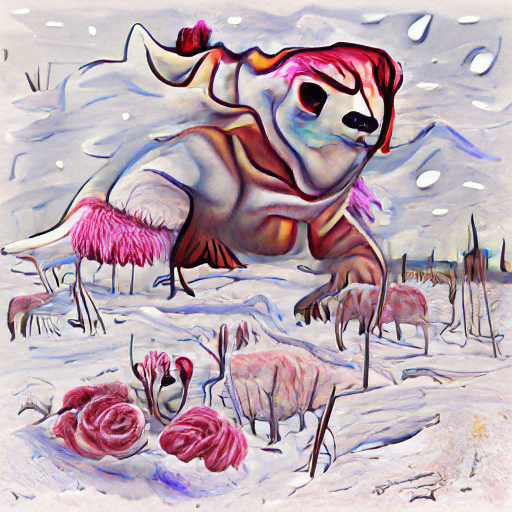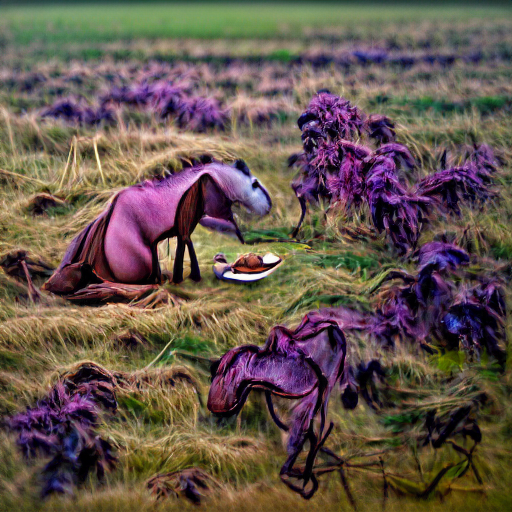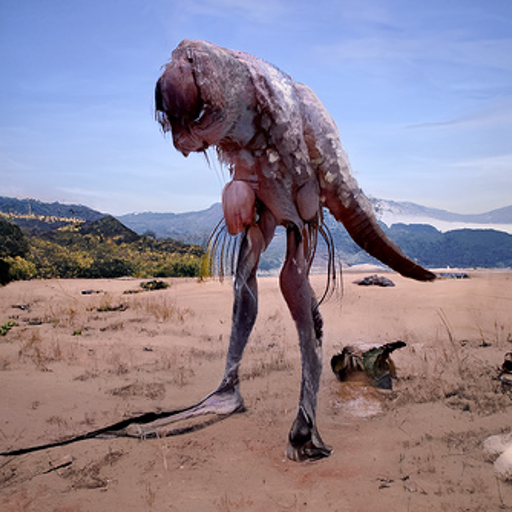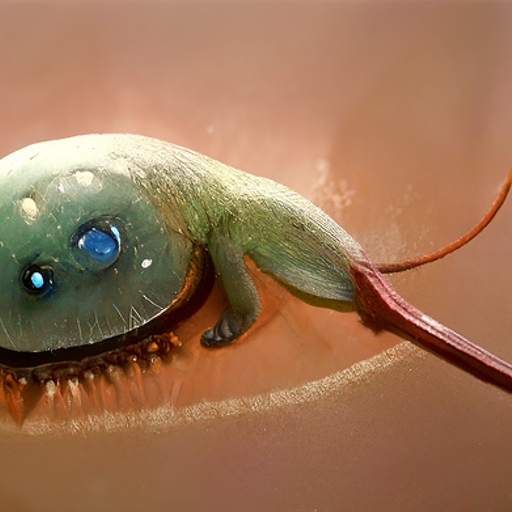
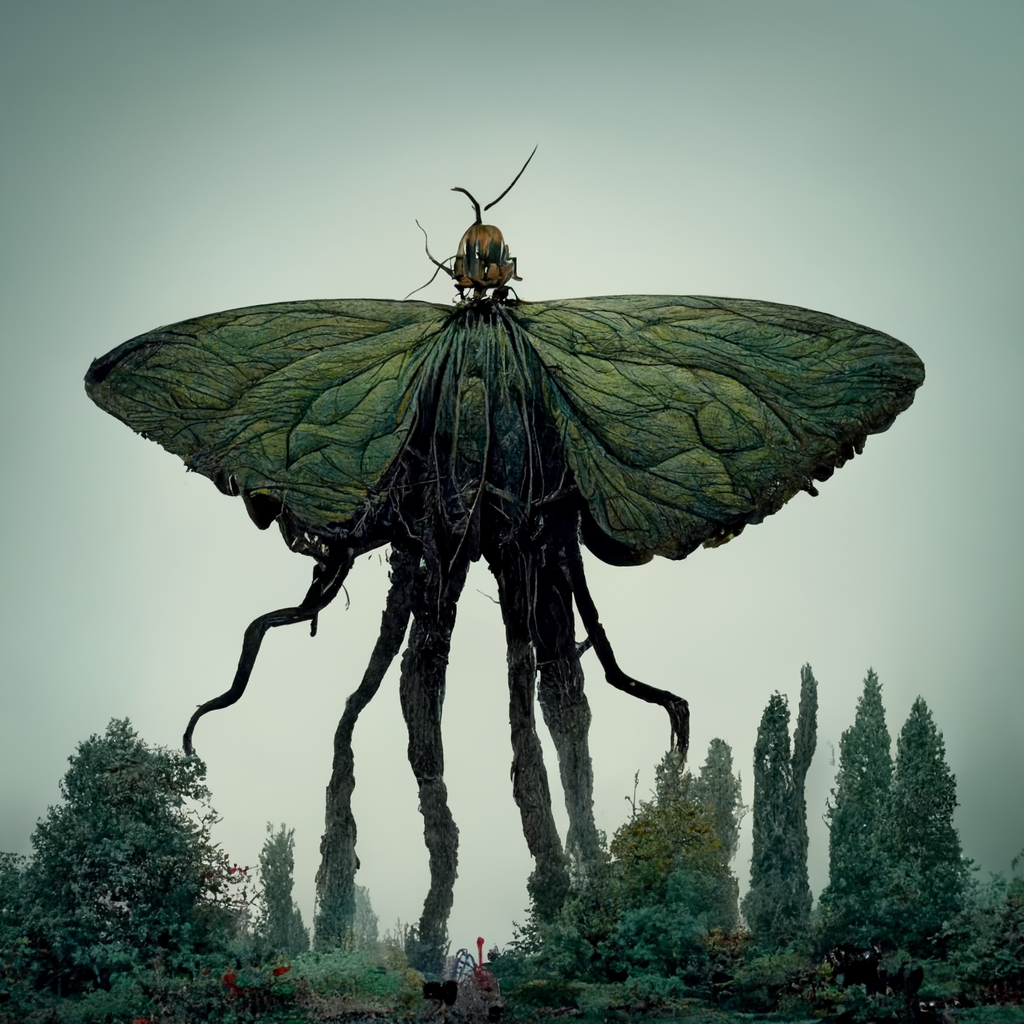
The groxus is the largest known insect in the world. They can grow to be 300 feet long and weigh up to 60 tons. Groxuses are nocturnal, feeding on large mammals and each other. They can be found in forests and deserts throughout the world. Because of their large size, groxi spend a lot of time hunting and will swoop down from the sky to consume entire fields worth of livestock before migrating on to new areas.
Explore an endless universe of ficticious life on NovelGens.
